Should a Furnace Damper Be Open or Closed in Winter?
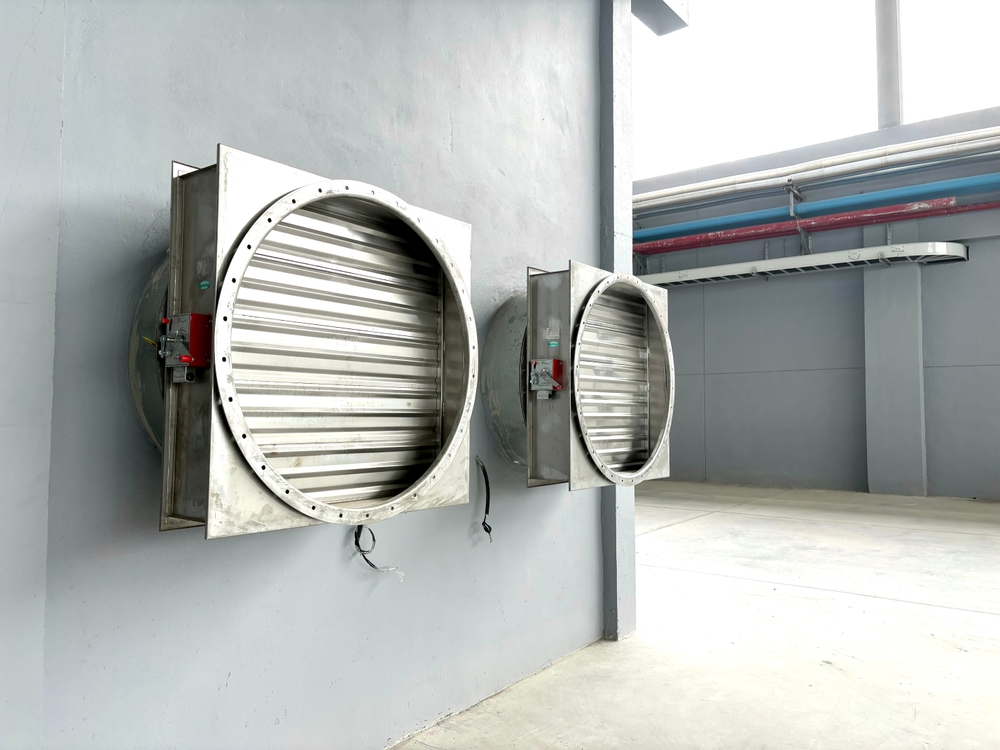
It’s the middle of a Minnesota cold snap, your upstairs bedrooms feel like saunas while the basement is basically a meat locker, and you just discovered those mysterious metal levers in your ductwork labeled “damper.” Now you’re standing there with frozen toes asking the question every homeowner Googles at 1 a.m.: “Should these things be […]
How to Fix Ignition Lockout on a Furnace Safely
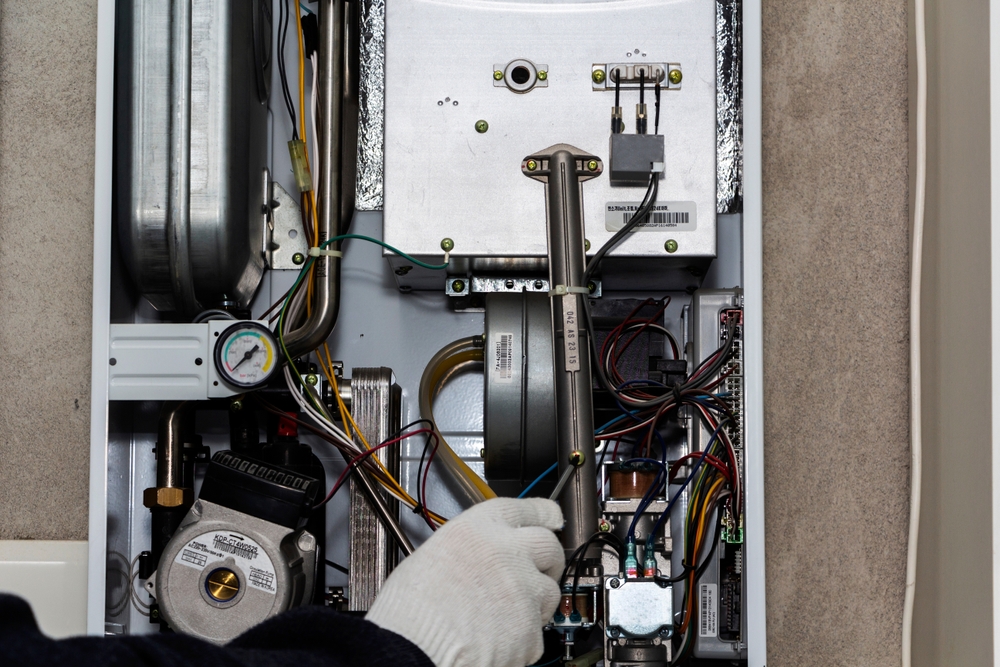
It’s 2 a.m., the house is dropping into the 50s, and your furnace is dead silent except for that annoying blinking light or error code screaming “ignition lockout.” You’re freezing, the kids are piling on blankets, and Google is throwing around scary words like “flame sensor,” “control board,” and “carbon monoxide risk.” You just want […]
How Often to Change a 16x25x1 Furnace Filter?
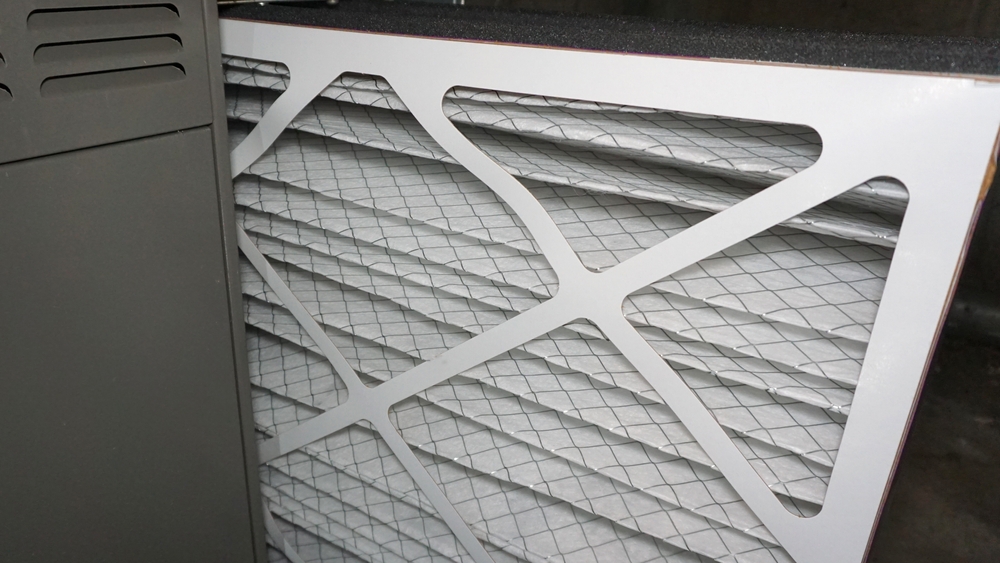
How often should you change a 16x25x1 furnace filter? The answer depends on several real-world variables: dust levels, number of occupants, pets, smoking, furnace runtime, and filter MERV rating. In a typical Minnesota home, most homeowners should replace a 16x25x1 filter every 1–3 months, with busier or higher-particulate homes needing monthly changes and low-dust environments […]
How Long Should My Furnace Stay Off Between Cycles in Winter?

If you’ve ever sat in a winter-quiet house wondering whether your furnace is cycling normally, you’re not alone. Homeowners often worry when the heat kicks on and off more frequently—or not frequently enough—and want to know what’s considered “normal.” Here’s the simple answer: in typical winter conditions, most furnaces should stay off for about 8–12 […]
Do You Need to Relight a Furnace After a Power Outage?
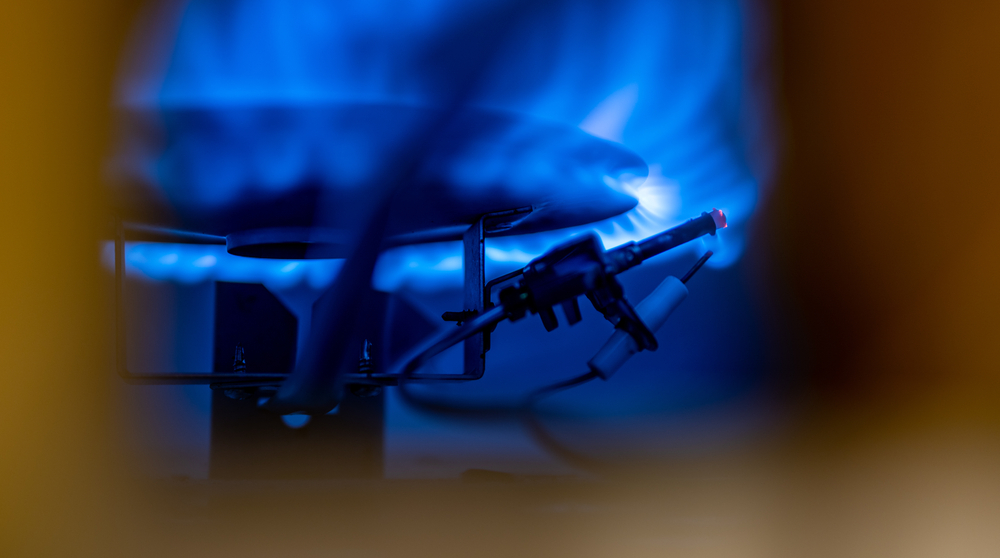
When the power goes out in winter, getting the heat back on becomes priority number one. And once the lights return, many Minnesota homeowners wonder: do you actually need to relight the furnace—or will it just restart on its own? Here’s the short answer: yes, some furnaces need relighting or resetting after a power outage—but […]
Should I Be Running the Furnace Fan Continuously in Winter?
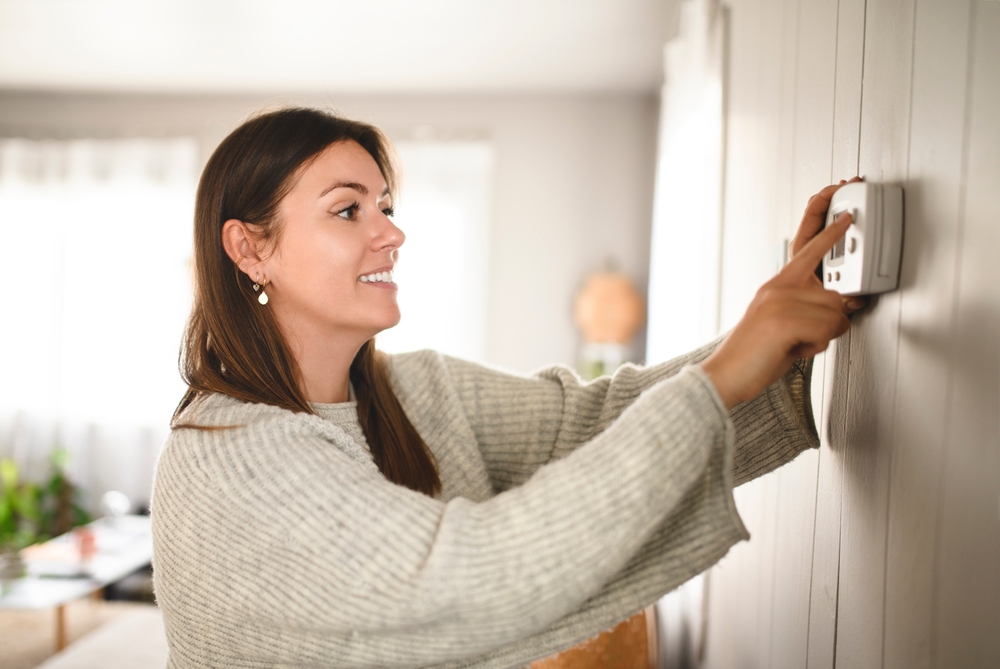
If your home feels uneven—warm in some rooms, chilly in others—you’re not alone. A lot of Minnesota homeowners start wondering whether running the furnace fan all the time in winter might help even things out and keep the air fresher. Here’s the simple answer: running your furnace fan continuously can help balance temperatures and improve […]
Does a Heat Pump Replace a Furnace for Whole-Home Heat?

A lot of homeowners wonder if a heat pump can really take over as the main heating system—especially in a cold-winter state like Minnesota. The idea of replacing a furnace altogether sounds appealing: cleaner energy, lower bills, and year-round efficiency. Here’s the straightforward answer: yes, a cold-climate heat pump can replace a furnace for whole-home […]
Why Is My Thermostat Not Reaching the Set Temperature?
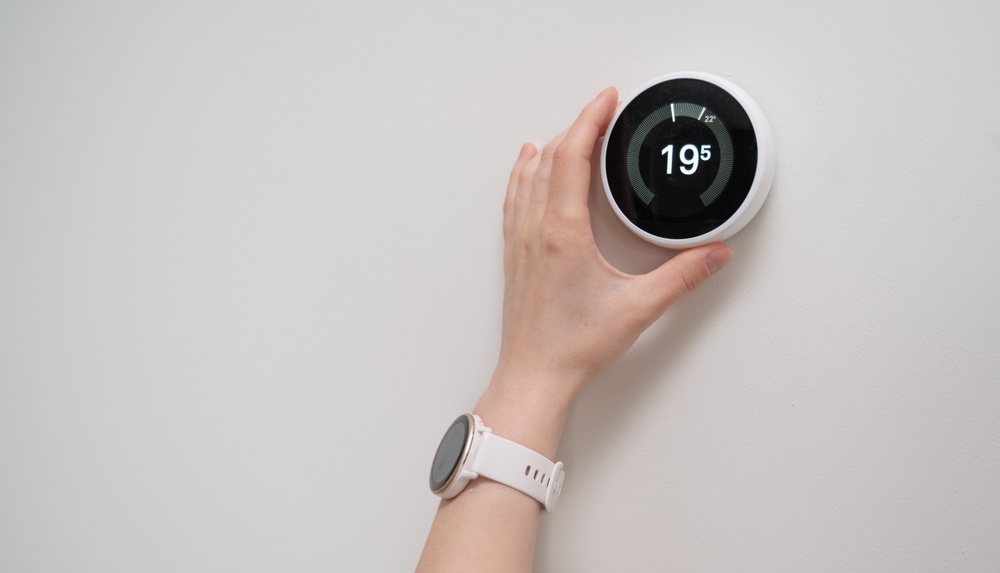
You’re probably wondering; why is my thermostat not reaching the set temperature? Your thermostat isn’t reaching the set temperature usually because of airflow issues (dirty filters/vents), poor thermostat placement (sunlight, drafts), low batteries, calibration errors, wiring problems, or a struggling HVAC system (undersized unit, low refrigerant, failing motor), all leading to incorrect readings or restricted […]
Does Closing Vents in Unused Rooms Help?
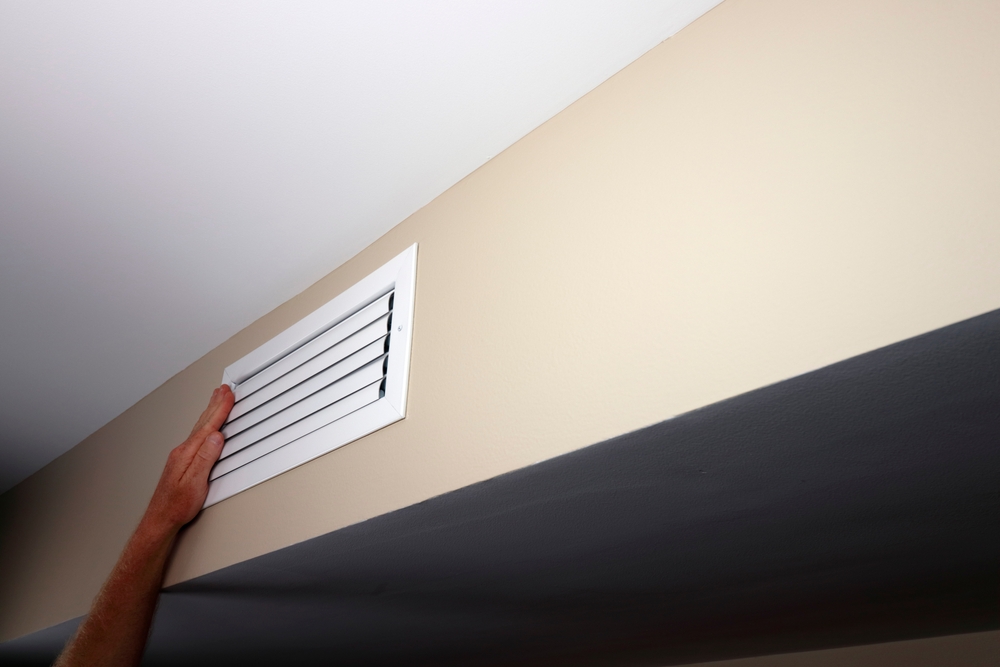
You’re probably wondering; does closing ac vents in unused rooms help? No, closing AC vents in unused rooms usually doesn’t help and can actually harm your HVAC system by disrupting balanced airflow, increasing duct pressure, leading to leaks, frozen coils, cracked heat exchangers (CO risk!), and higher energy bills, despite the common belief it saves money. Experts […]
Can I Install a New Thermostat Myself?
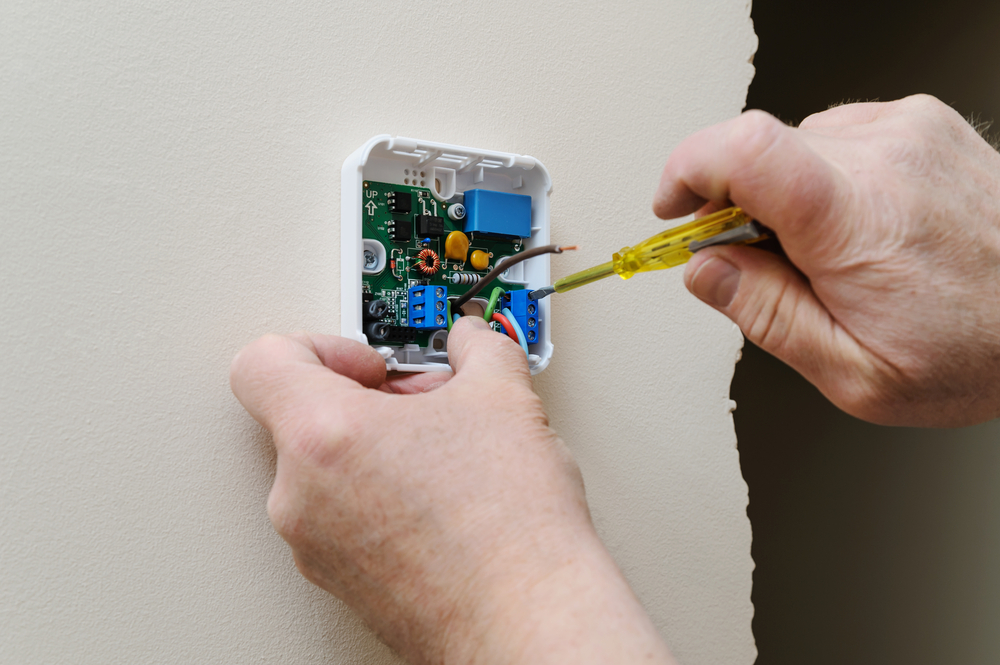
You’re probably wondering; Can I Install a New Thermostat Myself? Yes, you can often install a new thermostat yourself, as it’s a common DIY project involving low-voltage wiring, but you must turn off power first, photograph existing wires, label them, match them to the new unit (getting a C-wire adapter if needed for smart models), […]


